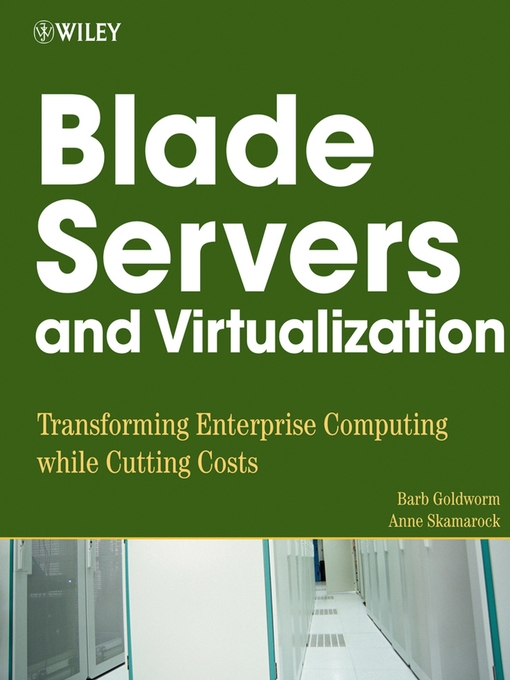- Hosting for the Holidays
- Moving on Up
- Sweet Reads
- Start a New Series
- Lonely Planet Travel Guides
- Always Available Romance eBooks
- Always Available Classic eBooks
- Always Available Indie eBooks
- Available now
- Most popular
- New eBook additions
- New kids additions
- New teen additions
- See all ebooks collections
- Cozy Up with a Mystery
- Have a Laugh
- Classic Novels
- It’s a first!
- Try something different
- Great Narrators
- Always Available eAudiobooks
- Available now
- Most popular
- New audiobook additions
- New kids additions
- New teen additions
- See all audiobooks collections
- Favorite Magazines
- Just Added
- Revistas
- Home & Garden
- Sports
- News & Politics
- See all magazines collections
